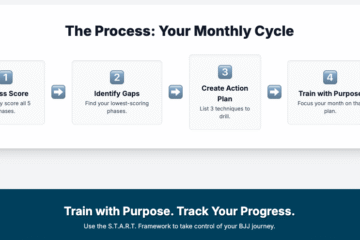Part 2: From Idea to Blueprint – Why the PRD is Your Most Important Prompt In any development project, the temptation to jump straight into coding is strong. You have an idea, you’re excited, and you want to see results. However, my primary goal was to learn how to collaborate effectively with an AI assistant, and I knew that vague, iterative prompts would lead to a frustrating, circular process. That’s why the first real step of this project wasn’t writing code; it was writing a plan. I created a Product Requirements Document (PRD) to serve as the single source of truth—the “master prompt”—for the entire build. The Power of a Detailed “Master Prompt” Instead of asking the AI, “Build me an image resizer,” which would yield a generic and likely useless result, the PRD allowed me to provide a rich, detailed context. It forced me to think through the user’s Read more

